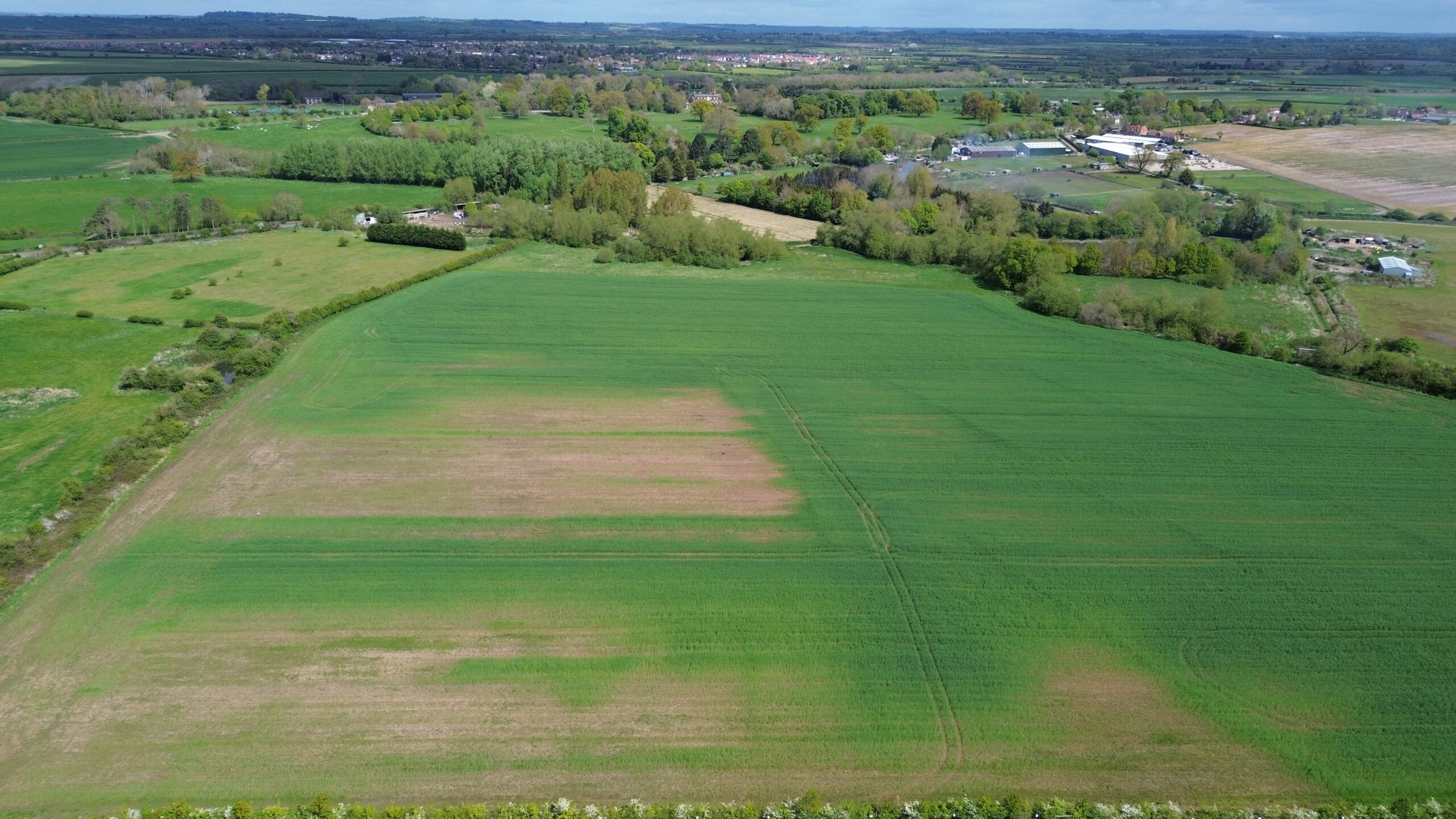
First habitat bank created in South Oxfordshire
South Oxfordshire District Council is proud to announce it has helped create the first habitat bank in the district aiming to increase biodiversity and reduce river pollution while also allowing necessary development.
The council has worked with the environmental charity Trust for Oxfordshire’s Environment (TOE) and a local landowner on plans to transform 16.5 acres off Windmill Lane, Towersey from intensively farmed arable land to a biodiverse mosaic of grassland, scrub, and woodland habitats. This will provide a haven for pollinators such as bees and butterflies, mammals including water voles and birds such as curlews and barn owls.
The new habitat bank will provide a stable income for the landowner through biodiversity net gain, making the rest of their farm business more resilient in the face of a changing climate.
The owner of the land at Towersey first heard about biodiversity net gain – where developers buy biodiversity credits from habitat banks to offset building works – when they attended the farm innovation show in 2022. They then worked with TOE to develop the project and liaise with the council as the local planning authority.
The site is next to the Thame Valley Conservation Target Area, a strategically valuable area for nature recovery. Over the coming decades, the land will be managed to allow wildflowers to bloom and set seed in the summer, with an annual hay cut in the autumn. This will create habitat and food for a host of wildlife species in an arable-dominated landscape.
By removing the land from intensive agricultural production, fewer chemicals from pesticides and fertiliser and less sediment will run into the Cuttle Brook that runs on the northern border of the site, improving the health of one of the River Thame’s main tributaries.
Cllr Anne-Marie Simpson, South Oxfordshire District Council cabinet member for planning, said: “Increasing biodiversity and promoting nature recovery are council priorities. The creation of new habitat banks benefits the natural world, the landowners and our residents. By securing this habitat bank through a legal agreement we will ensure that biodiversity gains generated by development in South Oxfordshire will stay in our district, contributing to nature’s recovery. We’re delighted that this land is to be transformed at Towersey and hope it is the first of many.”
The landowner said “Turning some land over to biodiversity net gain helps the environment and creates a steady income that is not as dependent on weather conditions and price fluctuations, which have affected the farm business recently.
“High input prices (from fertiliser, pesticides, and machinery costs) and low grain prices have made farming very volatile in recent years and things needed to change. The farm has tried to become more regenerative recently by incorporating livestock within the arable rotation to reduce its need for inorganic fertilisers and chemicals. The habitat bank will reduce our need for labour and machinery on the farm and will hopefully improve water quality in the area and increase wildlife populations.”
Ben Heaven Taylor from the Trust for Oxfordshire’s Environment said: “This project is an important step towards nature recovery in Oxfordshire and towards the government’s ‘30-by-30′ biodiversity target*. It’s also a great example of an effective partnership between public and charitable bodies and a pioneering local landowner. This site will provide developers with local options to meet their planning obligations, which has multiple benefits for all parties, keeping the biodiversity gains within the planning authority, contributing to the Local Nature Recovery Strategy and providing income to land managers; keeping sustainable land management front and centre in the county.”
Notes to editors
*30 by 30 the UK formally made a commitment to protect and conserve a minimum of 30 per cent of land and sea for biodiversity by 2030, known as 30×30.
Pic of land at Towersey courtesy of TOE.

